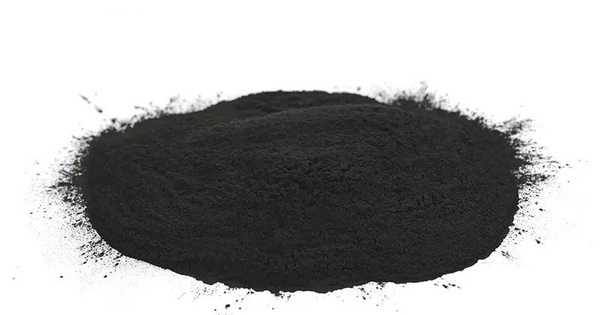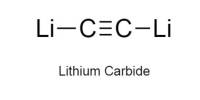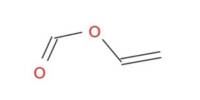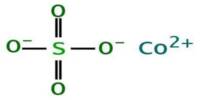Terbium monosulfide is a binary inorganic compound of terbium and sulfur with the chemical formula TbS. It is known for its interesting magnetic properties due to the presence of the terbium ion. It can be a semiconductor or exhibit metallic behavior depending on its purity and preparation conditions.
Terbium monosulfide is often studied in materials science and condensed matter physics for its unique electronic and magnetic properties. It also have potential applications in electronics and spintronics, though it’s not as commonly used as other terbium compounds.
Synthesis
Terbium monosulfide can be synthesised by heating stoichiometric amounts of pure substances in an inert atmosphere:
Tb + S → TbS
Preparation
It can be synthesized through various chemical methods, including the reaction of terbium metal with sulfur at high temperatures.
Properties
Terbium monosulfide forms crystals of cubic system, space group Fm3m, isomorphous with NaCl. It typically appears as a dark-colored solid. It generally forms a cubic or rock-salt structure. As a rare-earth compound, TbS can exhibit interesting magnetic behavior, although specific details about its magnetic properties are less well-documented compared to other terbium compounds.
- Chemical formula: STb
- Molar mass: 190.99 g·mol−1
- Appearance: Crystals
- Density: 7.41 g/cm3
- Appearance: Typically found as a black to dark gray solid.
- Melting Point: TbS has a high melting point, usually above 1,400°C (2,552°F).
- Electrical Properties: It is a semiconductor with potential applications in electronic devices.
Occurrences
- Natural Occurrence: Terbium monosulfide is not commonly found in nature. It is usually synthesized in laboratories.
- Production: It can be produced through various methods, including the reaction of terbium with sulfur under controlled conditions.
- Use in Industry: TbS is primarily used in specialized research and applications. It may be used in materials science, electronics, and in the study of rare-earth compounds.
Applications
- Electronics: Due to its semiconducting properties, TbS might be used in some electronic devices or research applications.
- Material Science: It may be used to study and develop new materials with unique properties.
















